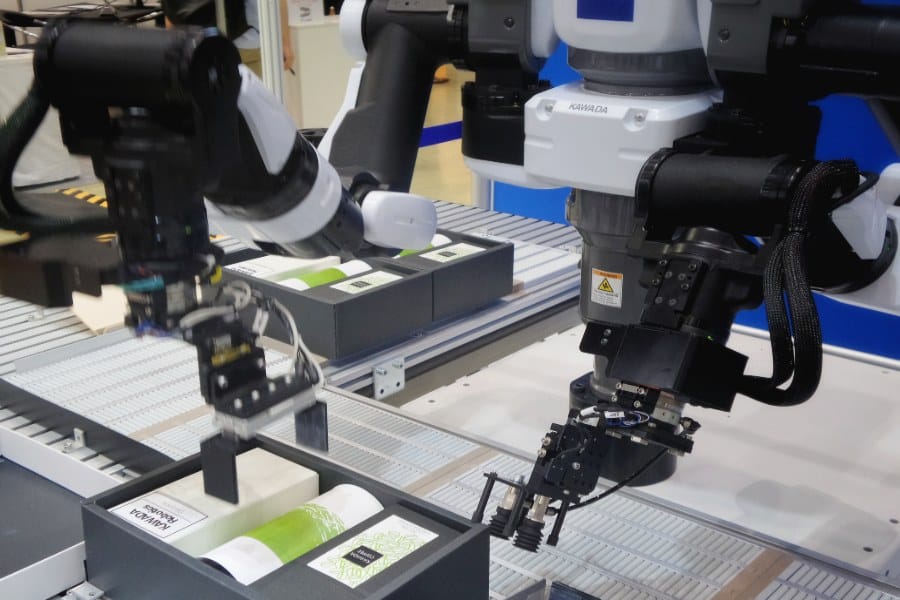Creating visually captivating and realistic 3D renders is a quest every digital artist embarks upon. A crucial tool in this journey is the addition of a Blender textures addon, which brings out realism by adding intricate details to 3D models. The following guide highlights a comprehensive toolkit to elevate visual realism in 3D renders, transforming ordinary scenes into extraordinary works of art.
Harnessing The Power Of High-Quality Textures
A good texture can make all the difference in a 3D render. High-quality textures imbue models with lifelike details, enhancing their overall realism. From the rough surface of a brick wall to the slick, glossy finish of a sports car, textures are what gives objects their distinctive feel. When used appropriately, they can elevate a model from simply good to truly outstanding, tricking the viewer’s eye into believing they’re looking at a real object and not just a 3D render.
Incorporating Realistic Lighting
Just as crucial as textures are to the visual appeal of a 3D render, so too is the use of realistic lighting. Good lighting brings out the details in textures, highlighting their features and adding depth to the scene. It also sets the mood, shaping the viewer’s emotional response to the image. By mastering different lighting techniques, from ambient to point lights, artists can create a variety of atmospheres, ensuring their renders look as natural and convincing as possible.
In the world of 3D rendering, lighting is an art form in itself. Artists must understand how different light sources interact with various materials to achieve the desired effects. This involves learning about concepts such as global illumination, subsurface scattering, and the three-point lighting setup. Additionally, the interplay between light and shadow is critical for conveying depth and dimension in the final image.
Understanding The Role Of Shaders
Shaders are another essential tool in the 3D artist’s arsenal. They define how light interacts with a surface, influencing how textures and colors appear under different lighting conditions. For example, a shader can determine whether a surface appears shiny, like polished metal, or matte, like clay. Learning to manipulate shaders can allow artists to create visually stunning and realistic materials for their 3D renders.
Blender offers a powerful node-based shader editor that allows artists to create complex material networks easily. This flexible system enables them to experiment with different combinations of nodes to achieve the desired appearance.
Embracing The Details With Addons
Blender’s expansive ecosystem of add-ons, including texture plugins, adds detail and realism to 3D renders. These add-ons provide a plethora of pre-designed textures, ranging from simple patterns to complex, realistic surfaces like wood, concrete, or fabric. By incorporating these add-ons into their toolkit, artists can significantly streamline their workflow while adding an extra layer of depth and realism to their projects.
Adobe states, “Use Substance 3D for a seamless experience for better productivity.”
Mastering Post-Production Techniques
Finally, the process of elevating the visual realism of 3D renders doesn’t end once the rendering is complete. Post-production techniques such as color correction, depth of field, and bloom effects can further enhance the visual appeal. This final polish can make a significant difference, transforming a great render into a truly captivating one.
Achieving visual realism in 3D renders involves more than just modeling skills. It’s a comprehensive process that requires a thoughtful approach to textures, lighting, shaders, the use of add-ons, and post-production techniques. With this ultimate toolkit, artists can create visually stunning and realistic renders that truly stand out.

